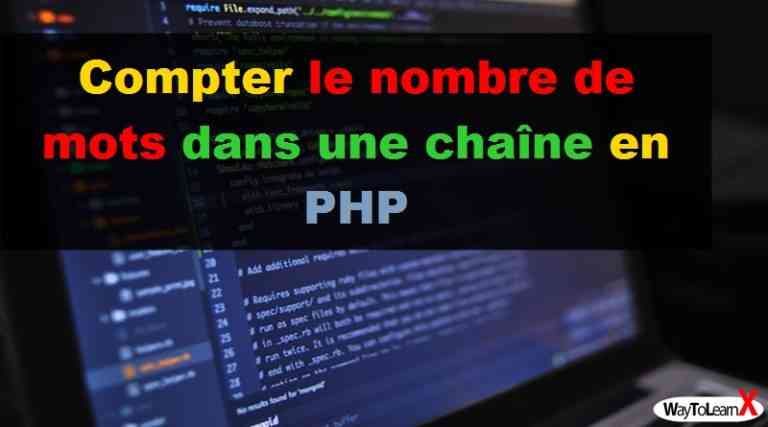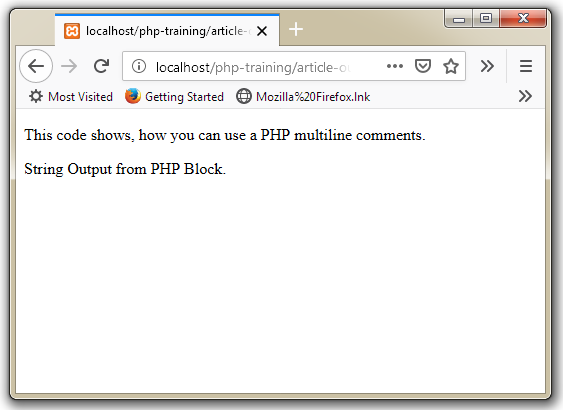

-type : It's the type of the PHP handler associated with the installed PHP version.-phpini : It's the location of the php.ini file, for example: /usr/local/lib/php.ini.For example, if the output contains the line Installing PHP CLI binary: /usr/local/bin/, the location to specify is /usr/local/bin/php. The location is shown in the output of the command make install in the line Installing PHP CLI binary. -clipath : It's the location of the PHP CLI binary file.For example, if the output contains the line Installing PHP CGI binary: /usr/local/bin/, the location to specify is /usr/local/bin/php-cgi. The location is shown in the output shown by the command make install in the line Installing PHP CGI binary. -path : It's the location of the PHP CGI binary file.It's recommended to include the version number in the displayname, for example: 7.4.5-custom -displayname : It's the PHP version name that will be shown in the Plesk UI.# plesk bin php_handler -add -displayname -path -phpini -type -id -clipath Note: More information can be found with the following command: plesk bin php_handler -help # cp php.ini-development /usr/local/lib/php.ini If it's required to configure the php.ini file in another location, run the configure utility with the option -with-config-file-path=/some/path in the previous step. configure -prefix /usr/local/phpNN -enable-fpm -with-fpm-group=www-data configure -help to see a list of the available options. Note: In this step, it's possible to customize PHP with various options, such as specifying which extensions will be enabled in the compiled PHP version.
#Php comment install#
# apt-get install build-essential & apt-get install libxml2-devĭownload the PHP source you need from the official website ( or ) to the server and unpack it: # yum install gcc -y & yum install libxml2-devel -y Install C compiler and XML library with the following commands: In brief, the installation includes the following main steps. For installation guidelines, refer to the official PHP documentation available at.

Shell script style single line comment: This is a Pound or number symbol (#).Everything after this symbol considers as comment till the end of the line or the PHP ending tag.Everything after this considers as comment till the end of the line or the PHP ending tag. C++ style single line comment: This is a double slashes symbol (//).PHP support three comment syntaxes from three different languages.
#Php comment code#
You may use comment as a reminder to add further code later.To deactivate a portion of code temporarily for any reason.During testing, you’ll need to comment a portion of your code to detect bugs.It may become hard for the person to understand what the codes are for. You write a script which is not commented well and forward it to another programmer in your team.Well commented script can help you remind everything. No matter how well you know your code today, it is natural that after 2 weeks or six months you’ll have no idea what the code does.As comment is not processed by the PHP interpreter and not sent to the browser, it doesn’t slow down the execution time.That’s why, you can’t see comments in the HTML source. PHP comments written in the codes are not visible in the output, as PHP interpreter ignores texts written in comments when generating HTML from PHP.Everything you write inside the opening and closing tags are considered as a statement and PHP interpreter try to execute these except the comments.
#Php comment professional#
Professional and experienced programmers always write comments inside their codes. Comments are plain text inserted within a script to demonstrate the purpose of the codes, author name, written date, modification date etc. Commenting is an essential part of any programming language.


 0 kommentar(er)
0 kommentar(er)
